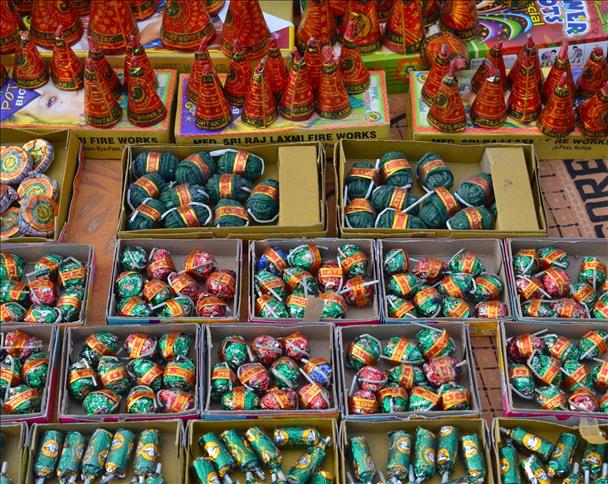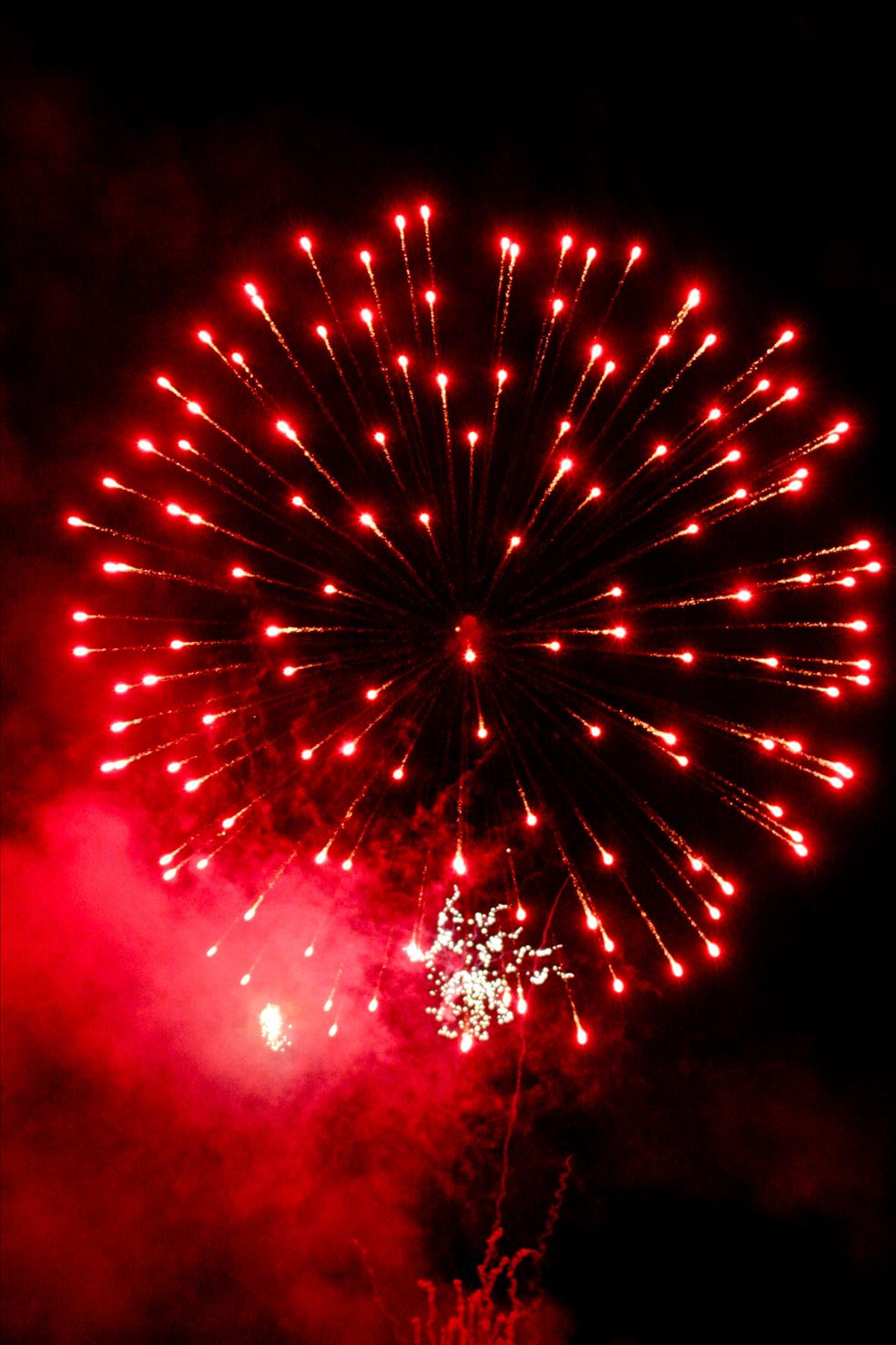Firecrackers, as well as other types of explosives are subject to various laws in New Zealand, depending on the location.
Firecrackers themselves are not considered illegal contraband material but their sale, possession and use are subject to regulations.
Traders and users require a permit to legally sell and stock and use them in public places.
Virtually all firecrackers are scientifically classed as ‘low explosives,’ which burn through deflagration, as opposed to ‘high explosives’ such as dynamite, which actually produce a supersonic detonation wave.
However, safety regulations have restricted use of such high explosive crackers.
The legal status of firecrackers typically stems from their notable effect on noise pollution as well as the issue of their safety, especially when used by children.
Devices designed to explode at ground level are seen as more dangerous than those with a prolonged burn time and aerial explosion.
Proponents of firecracker sales sometimes question the consistency of these laws, pointing out that legal fireworks can also be dangerous due to the risk of high-temperature burns (as in the case of sparklers) and that projectile fireworks intended for aerial use can often legally incorporate a noisemaking explosive device as a last stage.
Accidents & bans
In Malaysia, playing with firecrackers is now illegal as stated from Malaysian Explosive Act, which was revised in 1991 as a result of the increasing injuries among children (especially Malay) during Hari Raya festive season.
Ironically, the injury cases caused by playing firecrackers continue to increase every year since Malay children turned to home-made firecrackers such as bamboo cannons as alternatives to commercial fireworks.
In Singapore, a partial ban on firecrackers was imposed in March 1970 after a fire killed six people and injured 68. This was extended to a total ban in August 1972, after an explosion that killed two people and an attack on two police officers attempting to stop a group from letting off firecrackers in February 1972.
However, in 2003, the government allowed firecrackers to be set off during the festive season, including the Chinese New Year under the Singapore Tourism Board control.
Other occasions when firecrackers are allowed are determined by the tourism board or other government organisations. However, they are not allowed to be sold.
There are a few ‘legal firecrackers.’ But they must have less than 50 milligrams of powder (and hence the M-80 is not allowed). Among the legal firecracker brands are Wolf Pack (including Cannon Ball), Black Cat, China Town and Hydro.
The Chinese connection
Until about 1923, Chinese firecrackers (also called Mandarin firecrackers) were typically half to two inches in length and about quarter inch in diameter, and were charged with black powder.
Mandarin crackers produced a less loud, duller thud and less brilliant flash when they exploded, compared to modern flashlight crackers (which utilise a different explosive composition known as flash powder).
 Individual Mandarin crackers were often braided into strings of varying lengths, which when set afire, would explode in rapid sequence. Generally, the strings (sometimes containing as many as several thousand crackers) would be hung from an overhead line or high hook before being ignited.
Individual Mandarin crackers were often braided into strings of varying lengths, which when set afire, would explode in rapid sequence. Generally, the strings (sometimes containing as many as several thousand crackers) would be hung from an overhead line or high hook before being ignited.
Most Mandarin crackers were red in colour and did not generally have designs or logos decorating their exterior surface or shell wraps.
Occasionally, a few yellow and green Mandarin crackers were created and would be braided into the predominantly all red strings to symbolise the emperor and the ruling class, while red crackers symbolised the common people.
Colourful packages
In 1924, flash powder (which produces a significantly sharper and brighter bang), replaced black powder as explosive charge, prompting manufacturers to compete for the purchasing loyalty of customers, especially in the 8-16 age group.
Thousands of brands were created during the flashlight cracker’s golden era spanning almost 50 years. Only a small percentage of brands lasted more than a year or two.
Nowadays, collectors actively seek examples of the various labels which contained the name and image associated with that brand.
Until 1985, firecracker production was a low-tech process.
They were entirely handmade, beginning with the operation of rolling thin tubes.
Once the firecracker tubes were rolled by hand (most commonly from newspaper) and labelled and then filled with powder, their ends were crimped and fuses inserted.
These finished firecrackers were usually braided into strings and sold in packs of varying sizes – from four to 120 per packet.
Firecracker packages were typically wrapped in colourful and translucent glassine paper, as well as clear cellophane.
Regulations in India
In recent years, there has been some criticism about the supposedly excessive use of firecrackers, especially during the Diwali season.
The most commonly cited reason is noise pollution.
The noise from firecrackers has a more deleterious effect on animals which have a more sensitive sense of hearing than humans. Pets such as dogs and cats, as well as stray cattle in and around cities are most affected.
Voluntary and non-profit organisations educate the public about these issues.
Smog caused by firecrackers may be harmful to inhale and can cause difficulty for drivers because of reduced visibility.
The Supreme Court of India has observed, “The right to peaceful sleep is a fundamental right of the citizens” and banned firecrackers between 10 pm and 6 am during the Navaratri and Diwali season.
Although not strictly enforced, the effect has been positive.
The Central Pollution Control Board of India has banned firecrackers with a decibel level of more than 125 at a distance of four meters from the bursting point.
There have also been state-level efforts to ban the loud ‘bombs’ and fireworks. It is said that one big firecracker produces 250 cc of smoke.
There have also been efforts by some non-governmental organisations to educate school children on the dangers of firecrackers, based on the argument that it is children who influence their parents to purchase them, and that they are the eventual users.
 The cumulative effect of these actions has led to reduction of noise during Diwali.
The cumulative effect of these actions has led to reduction of noise during Diwali.
The usage of ‘rockets’ near apartment buildings has led to several severe injuries, but no law prohibiting its use has been enacted.
There have also been complaints of use of child labour in explosive factories of South India where firecrackers are made. The government has been initiating action against the offenders, since child labour is banned by law.
Retrieved from “http://en.wikipedia.org/wiki/Harmful_effects_of_firecrackers“
Pyrotechnics lure
Pyrotechnics is a field of study often thought synonymous with the manufacture of fireworks, but it has a wider scope that includes items for military and industrial uses.
Safety matches, oxygen candles, explosive bolts and fasteners and the automobile safety airbag fall under the purview of pyrotechnics.
Without pyrotechnics, modern aviation and spaceflight would be impracticable; this is because pyrotechnic devices combine high reliability with compact and efficient energy storage: essentially in the form chemical energy which is converted through expanding hot gases propagated by a shock wave as in bolt and cable cutters.
The controlled action of a pyrotechnic device (initiated by any of several means, including an electrical signal, optical signal or mechanical impetus) makes possible a wide range of automated and remote mechanical actions.
A majority of the technical pyrotechnic devices use propellants in their function, a minority use materials that are classified as primary or secondary explosives to obtain fast and powerful mechanical actions.
‘Salute’ is a device primarily designed to make a loud report (bang), rather than have a visual effect. Most salutes have a bright flash and titanium added for a cloud of sparks (titanium salute).
The salute may be fired on the ground (ground salute) or launched from a mortar as a shell (aerial salute). Due to the nature of the effect, large salutes are some of the more hazardous fireworks.
Most salutes are made with flash powder, which has a fast burn rate unlike black powder.
Flash powder also produces a flash and a bang because it burns fast.






